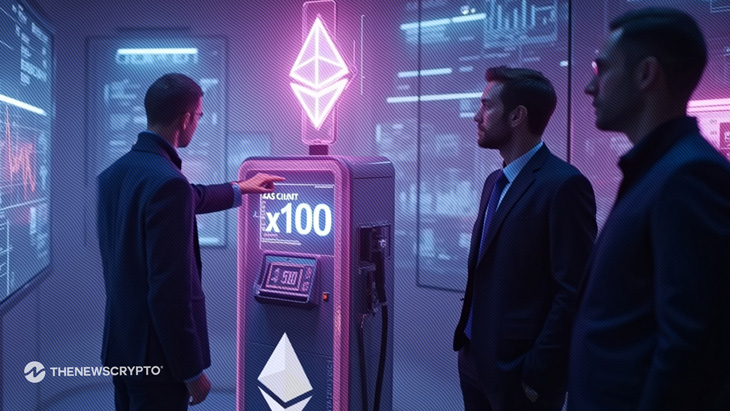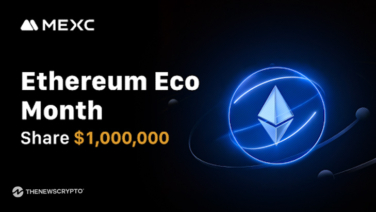- The Ethereum gas limit may increase 10 to 100 times.
- Real-time proving needs optimization for energy and safety.
- Network scalability hinges on upcoming technical solutions.
Ethereum co-founder Vitalik Buterin has hinted at a massive change for the blockchain’s future, raising the Layer1 gas limit by 10 to 100 times. His comment came in response to a recent technical milestone achieved by Succinct Labs, a team working on real-time proving systems using zkVMs (zero-knowledge virtual machines) for Ethereum’s execution layer.
The milestone, shared by Succinct Labs co-founder Uma Roy, showcased a live demonstration of real-time proof generation. While Buterin congratulated the team on their impressive progress, he also highlighted key technical challenges that still need to be resolved before such systems can be deployed on Ethereum’s main layer.
Why the Gas Limit Matters
Ethereum’s gas limit defines the maximum amount of computational effort the network allows in a single block. It directly affects how many transactions or smart contracts can be processed at once.
Currently, according to YCharts, Ethereum’s average gas limit stands at approximately 35.99 million gas units, up from 30 million one year ago, a 20% increase. If Buterin’s vision comes into being, this figure could increase to between 360 million and 3600 million gas units, significantly raising Ethereum’s throughput capacity.
Major Challenges to Real-Time Proving
In his post, Buterin defined four main issues with the existing implementation of Succinct Labs’ real-time proving scheme:
- Average vs. Worst-Case Performance: The system was tested only under average-case scenarios. To be production-ready, it must prove reliable even in worst-case scenarios.
- Energy Efficiency: The current system consumes about 100 kilowatts of power unsuitable for widespread or home use. Buterin believes this should be reduced to 10 kW or less.
- Formal Verification: The system does not have formal verification, which is required to confirm that no bugs or vulnerabilities exist.
- Scalability Requires More Gas: Real-time zkVM proving demands a lot of gas. By not raising the gas limit, the network is unable to afford these sophisticated proof systems at scale.
Ethereum most recently adjusted its gas limit in February 2024, increasing it from 30 million to 32 million gas units. Interestingly, 51.1% of validators voted on the change without a hard fork. This incremental method might be ongoing, particularly as technical enhancements like zk-rollups and Layer 2 adoption evolve.
With increasing demand for quicker and more sophisticated smart contracts, a considerable increase in gas limit would enable Ethereum to accommodate more scalable applications, advanced proofs, and efficient on-chain computation.
Highlighted Crypto News Today:
Bitcoin Surges to $108K After 4 Months; Will BTC Break ATH or Face a Pullback?








